Palazzo Reale in Milan is hosting, from November 9, 2022 to March 12, 2023, a major exhibition dedicated to Jheronimus Bosch (Jeroen Anthoniszoon van Aken; s’ Hertogenbosch, 1453 - 1516), known worldwide for his language of dreamlike visions and curious worlds, fires, monstrous creatures and fantastic figures. The exhibition is titled Bosch and Another Renaissance: for the first time, the city is hosting an exhibition dedicated to the Dutch genius to his fortunes in southern Europe with an unprecedented exhibition project that presents a fascinating thesis: Bosch, according to the curators, represents the emblem of an “alternative” Renaissance, far from the Renaissance governed by the myth of classicism, and is proof of the existence of a plurality of Renaissances, with artistic centers spread throughout Europe.
The exhibition, promoted by the City of Milan-Cultura, Palazzo Reale and Castello Sforzesco and produced by 24 ORE Cultura-Gruppo 24 ORE with the support of Gruppo Unipol, the project’s main sponsor, is curated by Bernard Aikema, former professor of History of Modern Art at the University of Verona; Fernando Checa Cremades, professor of Art History at the Complutense University of Madrid and former director of the Prado Museum; and Claudio Salsi, director Castello Sforzesco, Archaeological Museums and Historical Museums and professor of history of printmaking at the Catholic University of Milan. The exhibition features some 100 works of art including paintings, sculptures, tapestries, engravings, bronzes and ancient volumes, including some 30 rare and precious objects from Wunderkammern.
A number of Bosch’s paintings and works derived from the great painter’s subjects, never before presented together in a single exhibition, stand out in this corpus. Indeed, Bosch is the author of very few works universally attributed to him and preserved in museums around the world. Precisely because they are so rare and precious, this artist’s masterpieces rarely leave the museums to which they belong, and even more rarely do we have the opportunity to see them brought together in a single exhibition. Precisely because of their fragile and peculiar state of preservation, some works will have to return to their museum locations before the exhibition closes. These are the works from the Museo Lázaro Galdiano in Madrid and the two works loaned by the Uffizi Galleries.
The exhibition at the Royal Palace is not intended to be a “conventional monographic exhibition,” say the organizers, but rather "place masterpieces traditionally attributed to the Master in dialogue with important works by other Flemish, Italian and Spanish masters, in a comparison that is intended to explain to the visitor how much the ’other’ Renaissance-not just Italian and not just Bosnian-in the coeval or immediately following years would influence great artists such as Titian, Raphael, Gerolamo Savoldo, Dosso Dossi, El Greco and many others."
The exhibition, which took five years to complete, was made possible thanks to a network of international cultural cooperation among governments, embassies, museums, cultural institutions and collectors. Thus, thanks to the collaboration between Italian institutions, in particular the Italian Embassy in Portugal, but also the Italian Cultural Institute in Lisbon with the Portuguese capital’s Museu Nacional de Arte Antiga, at the Royal Palace it will be possible to admire the monumental Triptych of the Temptations of St. Anthony, a work that left Portugal only a couple of times during the 20th century and now comes to Italy for the first time. Another important loan, the result of an exchange with the city of Bruges, is Maestro’s monumental work from the Groeningemuseum in Bruges, the Triptych of the Last Judgment, which was originally part of the collection of Venetian Cardinal Marino Grimani. Crucial to the exhibition project is the loan from the Prado Museum of Bosch’s work, The Temptations of St. Anthony, and masterpieces from the Museo Lázaro Galdiano, which has granted the precious panel of St. John the Baptist. Also by Bosch is the Triptych of the Hermits from the Academia Galleries in Venice, from the collection of Cardinal Domenico Grimani, one of the most important collectors of his time and among the very few owners of Bosch’s works in Italy.
At the end of the itinerary an audiovisual work, Tríptiko. A vision inspired by Hieronymus Bosch, narrates the journey through the Flemish painter’s dreamlike world imagined by the Karmachina artists. The title recalls the format of the main work from which the show originates, the Triptych of the Garden of Delights.
“It is also through the exchange of works of art that art and culture play their role as vectors of growth and instruments of relationships between cities and nations, carrying forward the process of enrichment of a country,” said Culture Councilor Tommaso Sacchi. “The project of this exhibition is the result of a five-year process of international cooperation, which has produced a valuable exhibition with an absolutely original slant, capable of telling visitors about a different Renaissance than the one that saw its splendor in Italy between the 15th and 16th centuries, creating new horizons of knowledge and beauty.”
“Castello Sforzesco in Milan,” emphasizes curator Claudio Salsi, "played a strategic function in the realization of the exhibition Bosch and Another Renaissance. On the one hand, as a lender of works from its substantial collections: precious cinquecentine from the Trivulziana Library, Italian and Flemish prints from the Bertarelli Collection, art objects in various materials and techniques from the Collections of Applied Art, and historical musical instruments from the Museum of Musical Instruments. On the other hand, by virtue of its prestigious Pinacoteca, the Castle has been instrumental in obtaining loans of some indispensable Woods masterpieces through a policy of reciprocal institutional agreements and exchanges with important European museums, based on a vast network of relationships with public and private entities woven directly and authoritatively by curators at the national and international level. The writer has played the dual role of co-curator of the exhibition, flanking the two creators Bernard Aikema and Fernando Checa Cremades (the latter instrumental in the Spanish loans), as well as as a figure involved in the organizational dimension, together with the director and staff of the Palazzo Reale, 24 ORE Cultura and with the support of the Castello’s collection managers, conservators, technicians, administrators and trainees; thanks to their willingness, it was also possible to initiate collaborative projects with some major foreign museums, on the sidelines of the Milan exhibition, for future years. To all fellow travelers goes my deepest gratitude."
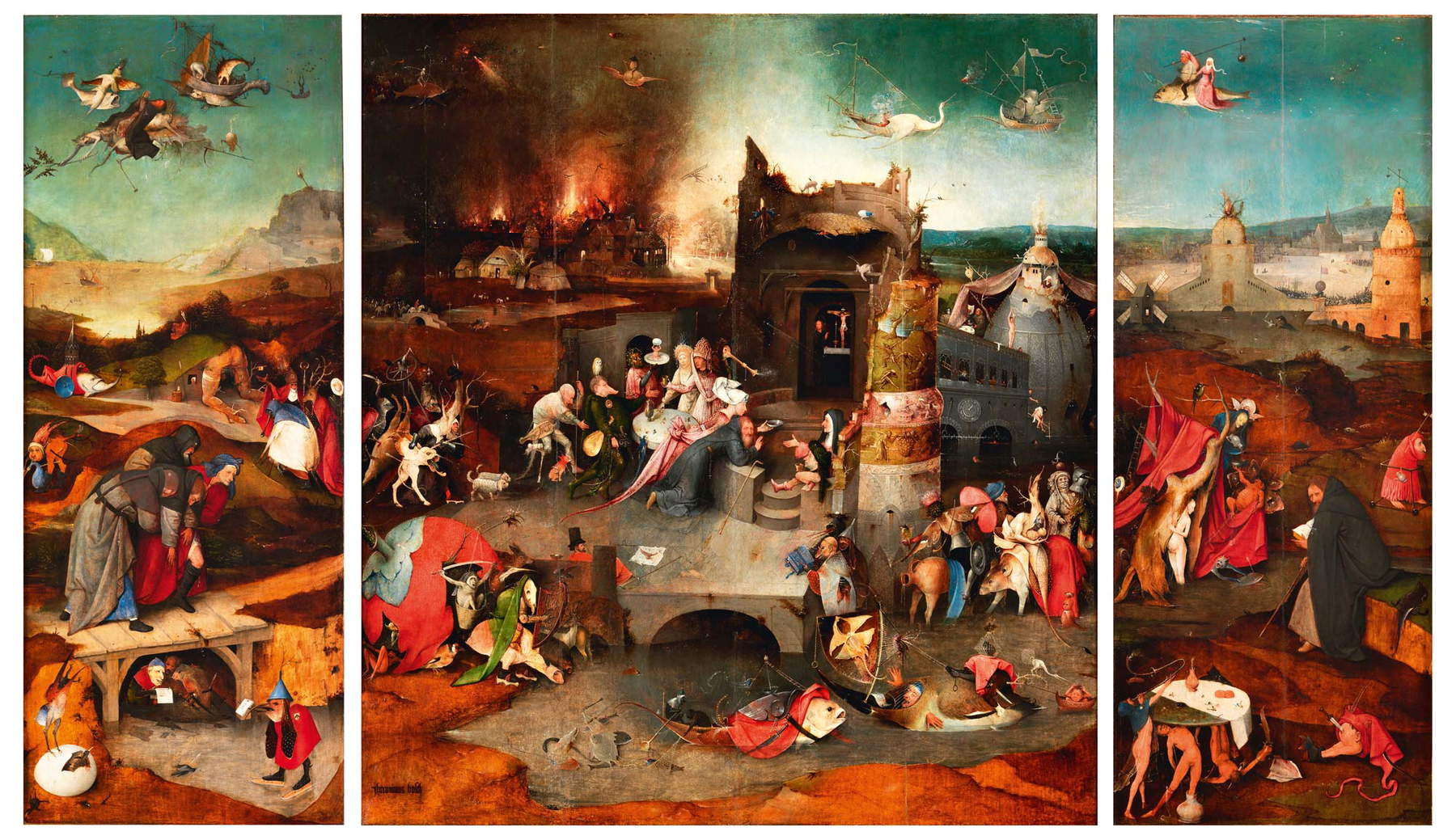


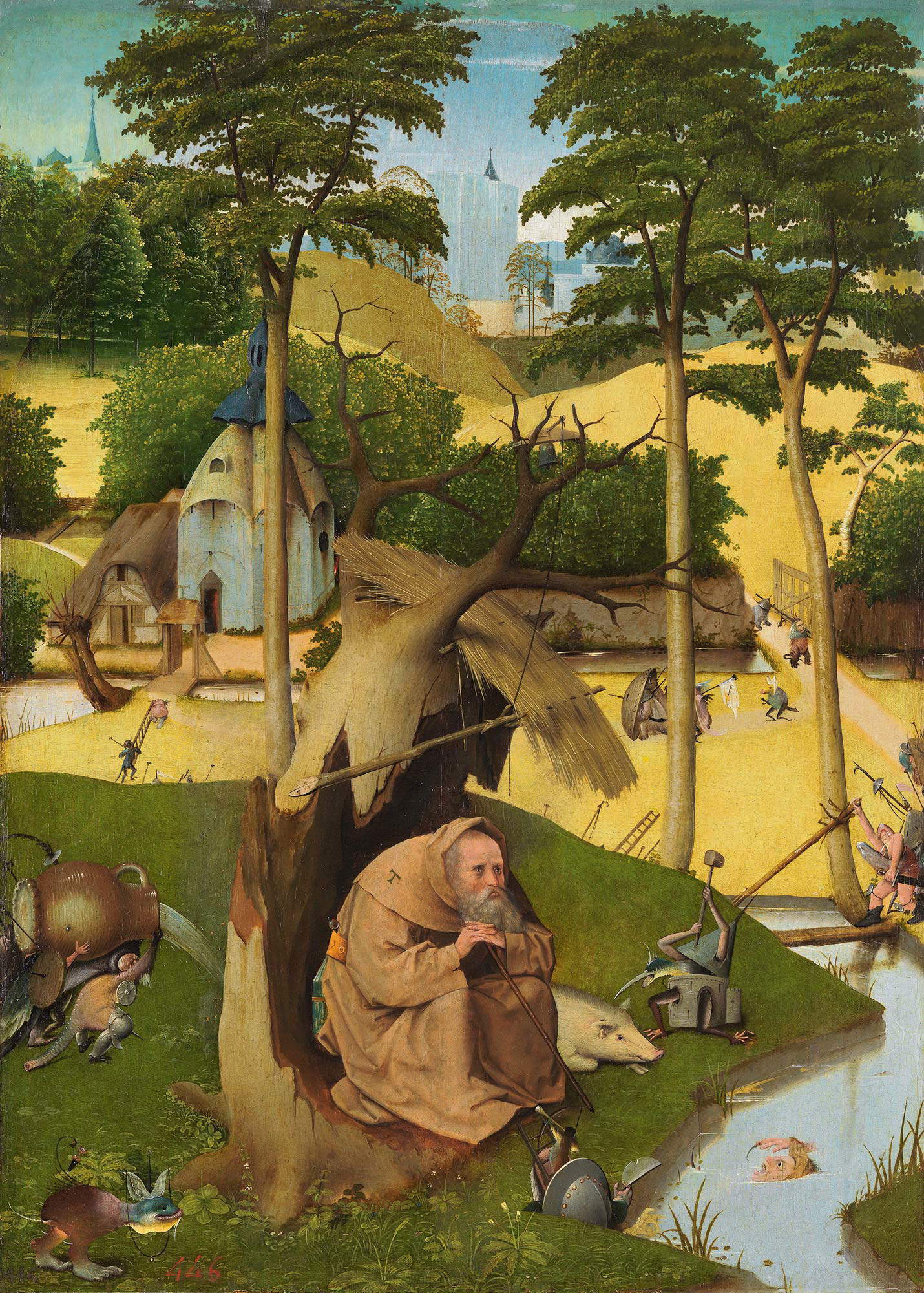
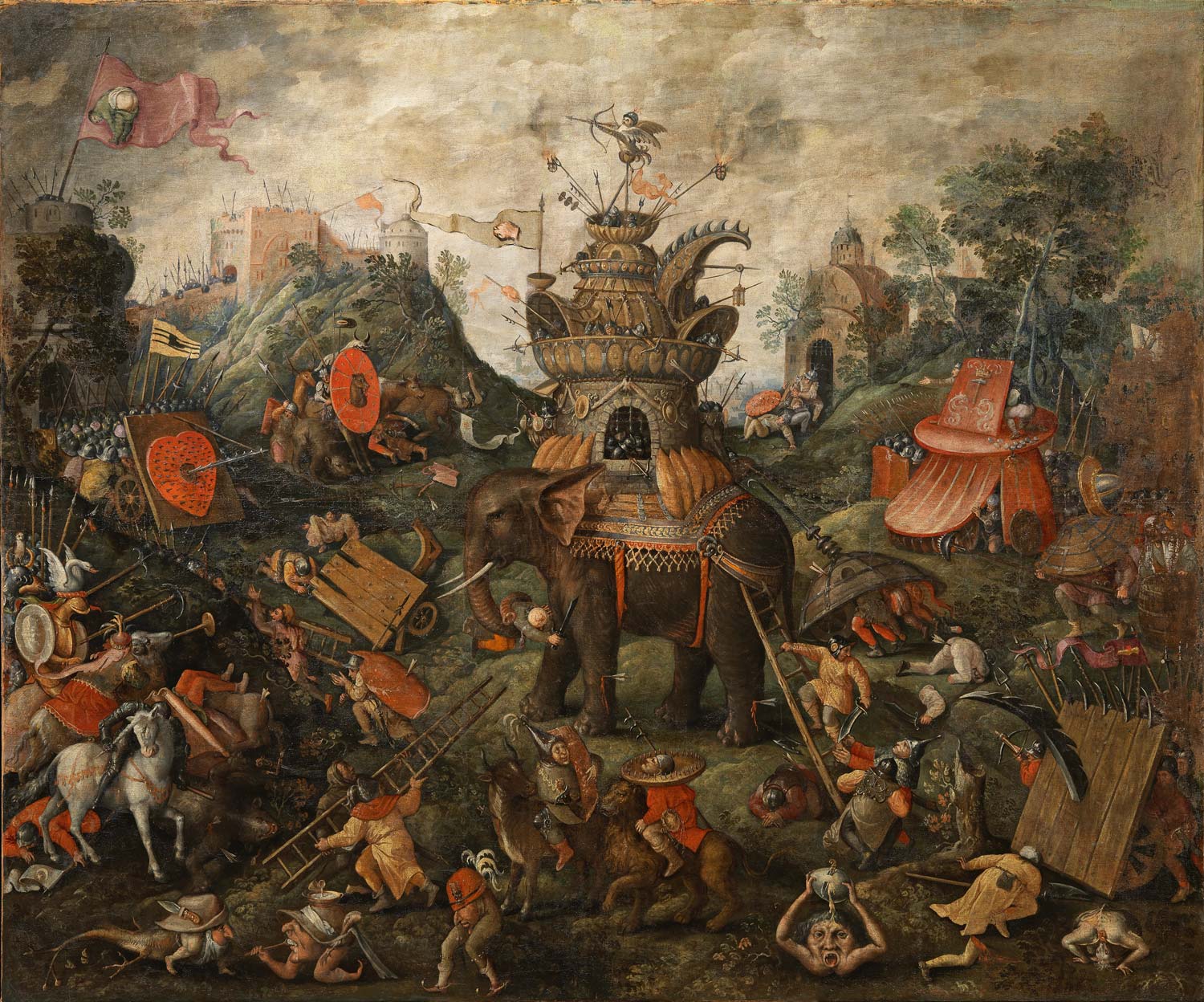
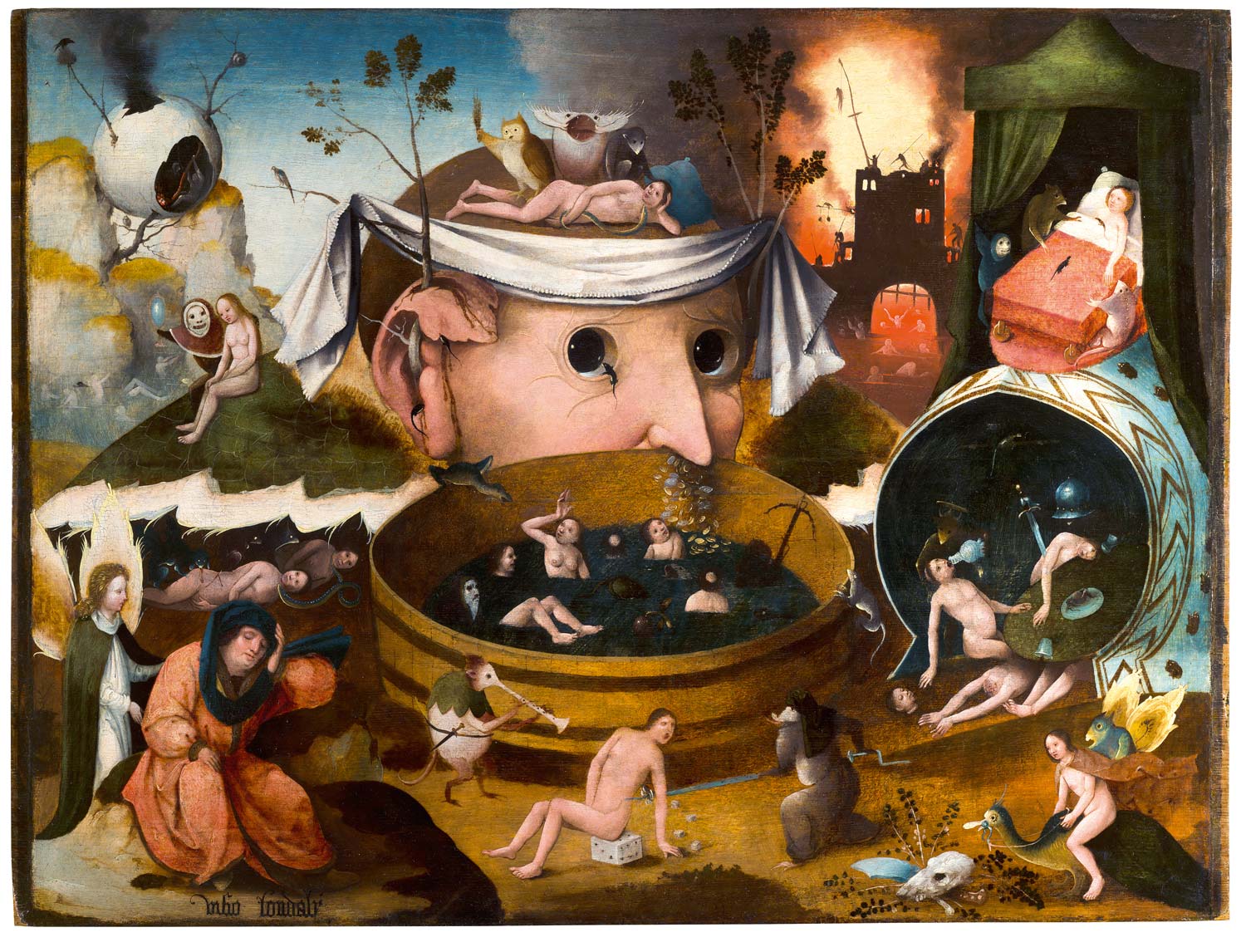
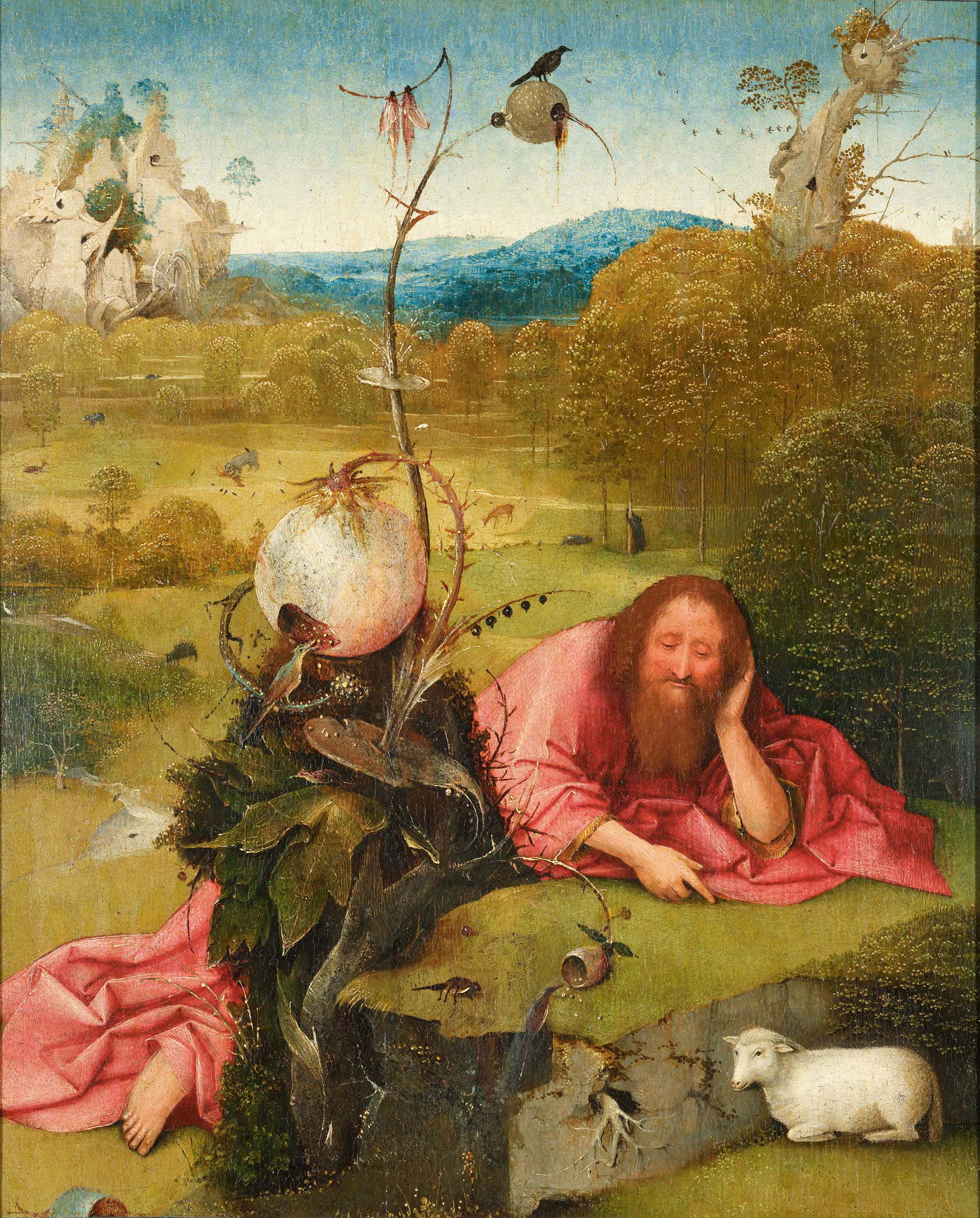
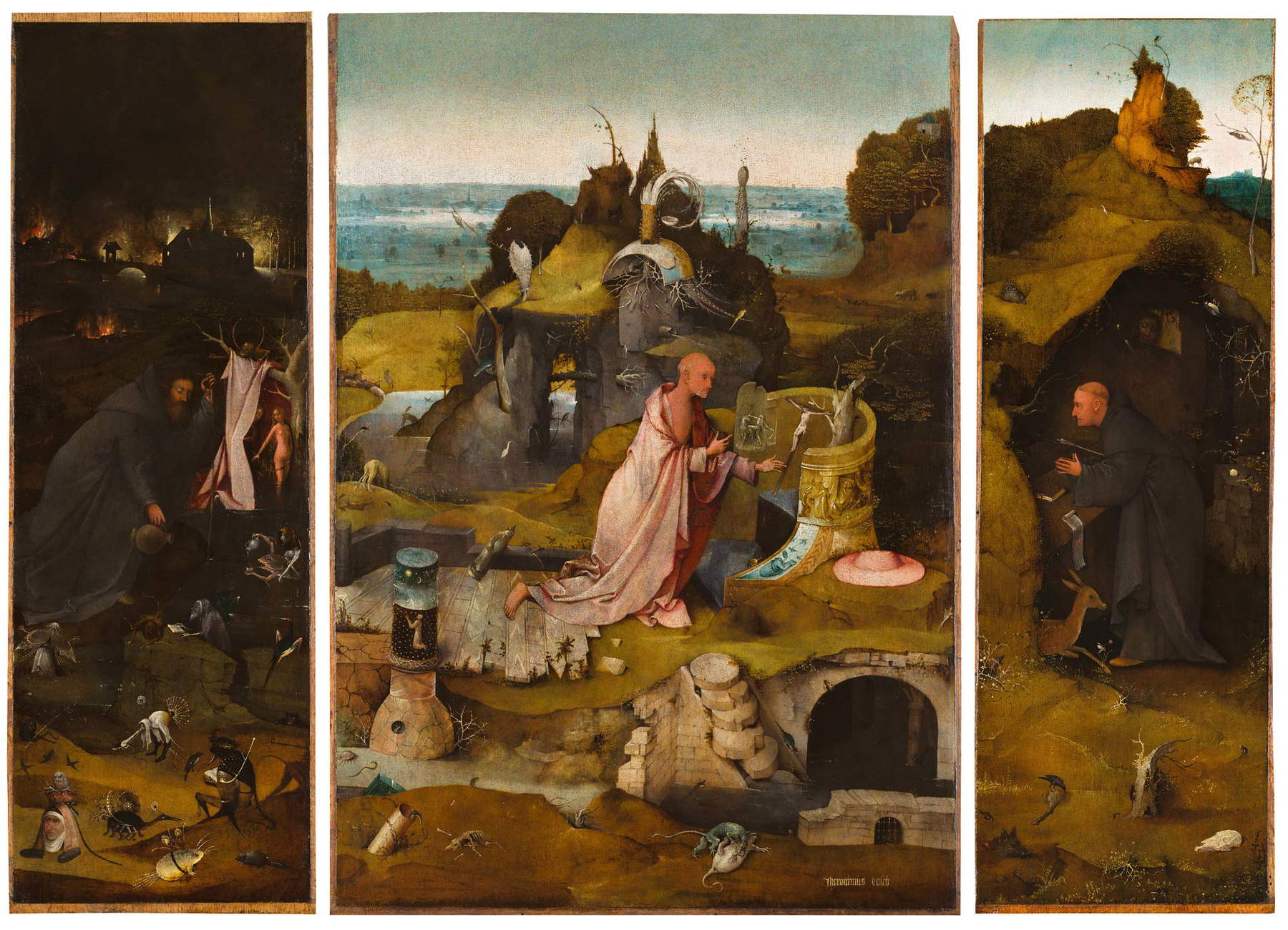

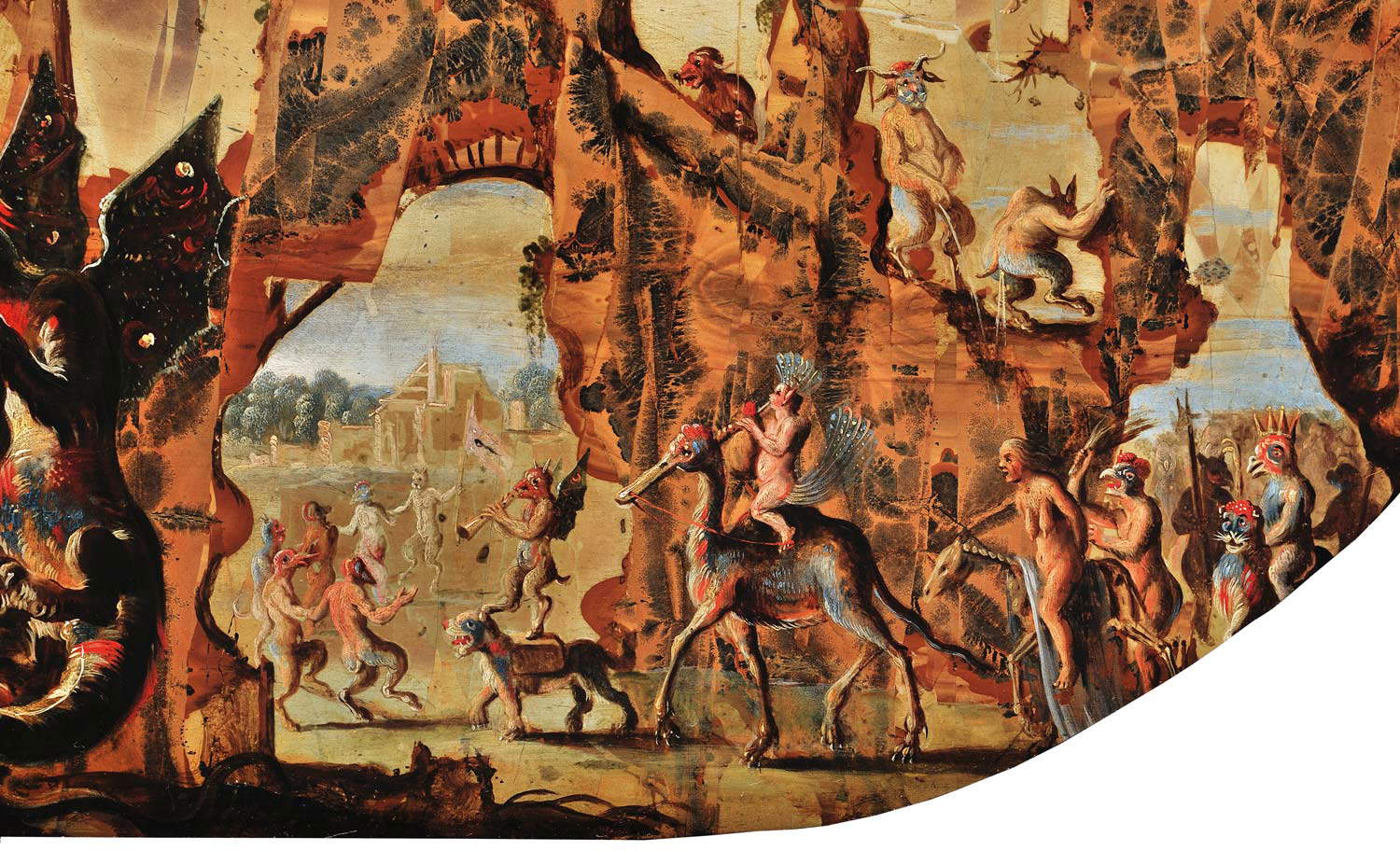

Strange as it may seem, Bosch’s fame did not begin in Brabant, where the artist was born, but in southern Europe. In fact, the “Bosch phenomenon” originated in the Mediterranean world, specifically in 16th-century Spain and Italy. At that time, however, Renaissance classicism dominated in Italy. But it was precisely here that the fantastic and dreamlike language of Bosch and his followers, protagonists of another ’Renaissance,’ found the most fertile and mature soil to grow and become a figurative and cultural model for that time and for many of the following generations of artists, even centuries later. In particular, a comparison is proposed between the four woodland tapestries of the Escorial and a cartoon for the lost fifth tapestry recognized in the collections of the Uffizi Galleries. The four tapestries from the Escorial have never been exhibited together outside their location, and the comparison with the Elephant cartoon for the fifth tapestry in the series, now lost, is unpublished.
The itinerary aims to illustrate the resounding success of Jheronimus Bosch’s artistic language in southern Europe and even overseas in the period between the 16th and early 17th centuries, with particular reference to the collecting trends of the time, especially in Italy and Spain. Thus in Venice Bosch’s expressive uniqueness was readily grasped by one of the greatest collectors of the time, the man of letters and cardinal Domenico Grimani. It is thanks to his far-sighted taste and the Grimani collection, housed in the Gallerie dell’Accademia in Venice, that today in Italy we can boast no less than three works by Bosch, including the Triptych of the Hermits, now on display in the rooms of the Royal Palace.
The same can be said of Spain, where, from the 16th century to the present, most of Bosch’s major works can be found between the Prado Museum and the Escorial Monastery. Not surprisingly, it is Spanish authors who are Bosch’s earliest and most committed critics. This was especially the geographical and cultural area where the works of the artist and his followers were in demand. The fortune of the Bosch language is at the origin of an alternative Renaissance’, according to the curators’ thesis, which is little recognized even in the specialized literature. Engravings contributed decisively to the spread of the taste for images of nocturnal fires, scenes of witchcraft, dreamlike and magical visions. This is confirmed by works such as Marcantonio Raimondi’s Stregozzo or Agostino Veneziano, Albrecht Dürer’s Sea Monster and Aldo Manuzio’s literary-editorial masterpiece, Francesco Colonna’s Hypnerotomachia Poliphili , and even Giorgio Ghisi’s Allegory of Human Life.
The proliferation of rare, bizarre and precious objects that characterizes the fashion of eclectic collections typical of 16th-century international taste is evoked in the last room, set up as an original Wunderkammer, thanks to the collaboration of the Museum of Natural History of Milan and the Castello Sforzesco Collections. The studied and calculated presence of some 30 ’chamber of wonders’ objects brings one back to an immediate and direct comparison with the chaotic and unrealistic depiction of one of Bosch’s most challenging masterpieces, The Garden of Earthly Delights, featured in the exhibition in the dual version of a coeval painting and a tapestry.
Particularly famous were the wunderkammern of the last Habsburg rulers and in particular of Rudolf II of Habsburg, whose portrait, the famous Vertumno painted by the Milanese artist Arcimboldo (an exceptional loan from Skokloster Castle, Sweden), is featured in the exhibition within the reproduced wunderkammer and fully represents the eclecticism typical of this collecting taste.
The exhibition opens every day except Monday. Tuesdays, Wednesdays, Fridays, Saturdays, and Sundays from 10 a.m. to 7:30 p.m., Thursdays from 10 a.m. to 10:30 p.m., ticket office closes one hour earlier. Special openings: Wednesday, Dec. 7, 22 (St. Ambrose) 10:00 a.m. - 7:30 p.m.; Thursday, Dec. 8, 22 (Immaculate Conception) 10:00 a.m. - 10:30 p.m.; Saturday, Dec. 24, 22 (Christmas Eve) 10:00 a.m. - 2:30 p.m.; Sunday, Dec. 25, 22 (Christmas) 2:30 - 18:30; Monday, December 26, 22 (Boxing Day) 10:00 - 19:30; Saturday, December 31, 22 (New Year’s Eve) 10:00 - 14:30; Sunday, January 1, 23 (New Year’s Day) 14:30 - 19:30; Friday, January 6, 23 (Epiphany) 10:00 - 19:30. Tickets (all with free audioguide): full 15 euros, reduced 13 euros for visitors aged 6 to 25, visitors over 65, Touring Club members with membership card, FAI members with membership card, “Monday Museums” (Museo Poldi Pezzoli and Museo Teatrale alla Scala) ticket holders, military personnel, law enforcement officers not on duty, teachers, reduced 10 euros for disabled people with disabilities less than 100%, holders of Abbonamento Card Musei Lombardia Milano, students from 6 to 25 years old, reduced € 6 for employees of the City of Milan with nominal badge (only one accompanying person, if any, pays generic reduced price), volunteers of National Civil Service or working at the Municipality of Milan with badge, journalists with ODG badge with stamp of thecurrent year non-accredited (one possible accompanying guest pays generic reduced rate), free for minors up to 6 years of age, Disabled with 100% disability, one accompanying person per disabled person presenting necessity, journalists with ODG badge for service (after accreditation - nopress accreditation on Saturdays, Sundays and holidays), one accompanying person and one guide for each Touring Club and FAI group, ICOM cardholders, tour guides with a qualification/recognition card, employees Soprintendenza ai Beni Paesaggistici e Architettonici di Milano, employees of the Area Mostre e Musei Scientifici of Palazzo Reale with a name card, members of the vigilance commission and firefighters with a name card.
Family ticket 10 euros adult, 6 euros children 6-14 years old. Open ticket 17 euros + 2 presale, groups (15-25 people including guide, one free per group) 13 euros, school groups 6 euros. For info +39 02 54912 (active Monday to Friday from 9 a.m. to 6 p.m.) palazzorealemilano.it | ticket24ore.it
Given the complexity of Bosch’s work, the variety of possible interpretations and the scientific depth proposed in the exhibition itinerary, the organization has to an additional tool to accompany the visit. During the weekends, a group of cultural mediators will guide the public in a more in-depth and thematic reading of the works on display: a path of observation complementary to the visit and the audio guide, as it contemplates an active role of the visitor, called to relate with the operator, the ASK ME, in a dialogue of mutual enrichment and discovery.
Three volumes have been published by 24 ORE Cultura on the occasion of this exhibition: the catalog, in the guise of an exhibition guide, an art volume edited by professors Bernard Aikema and Fernando Checa Cremades, and, finally, a graphic novel by the young illustrator Hurricane. The volumes are available inside the exhibition bookshop, in bookstores and online.
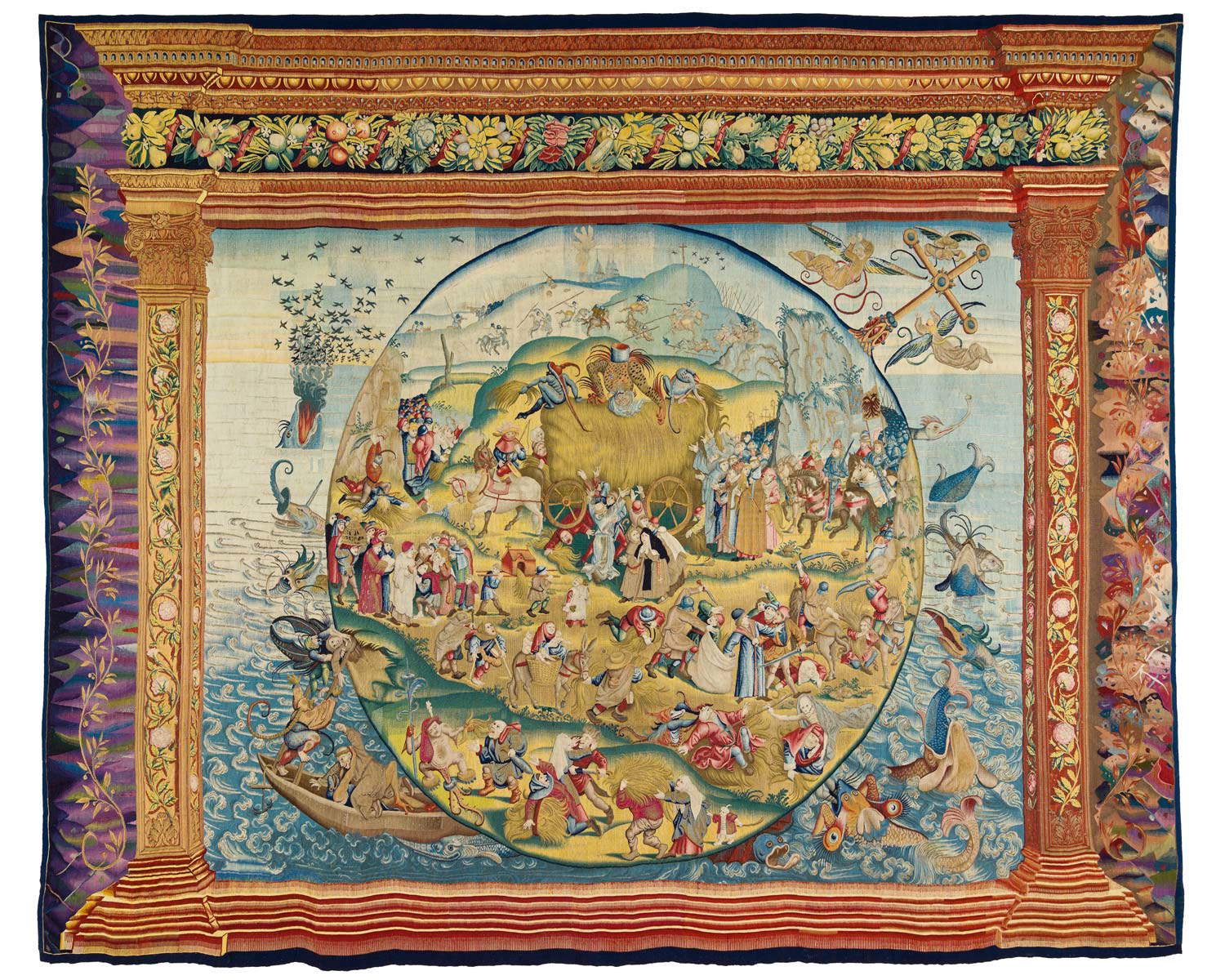
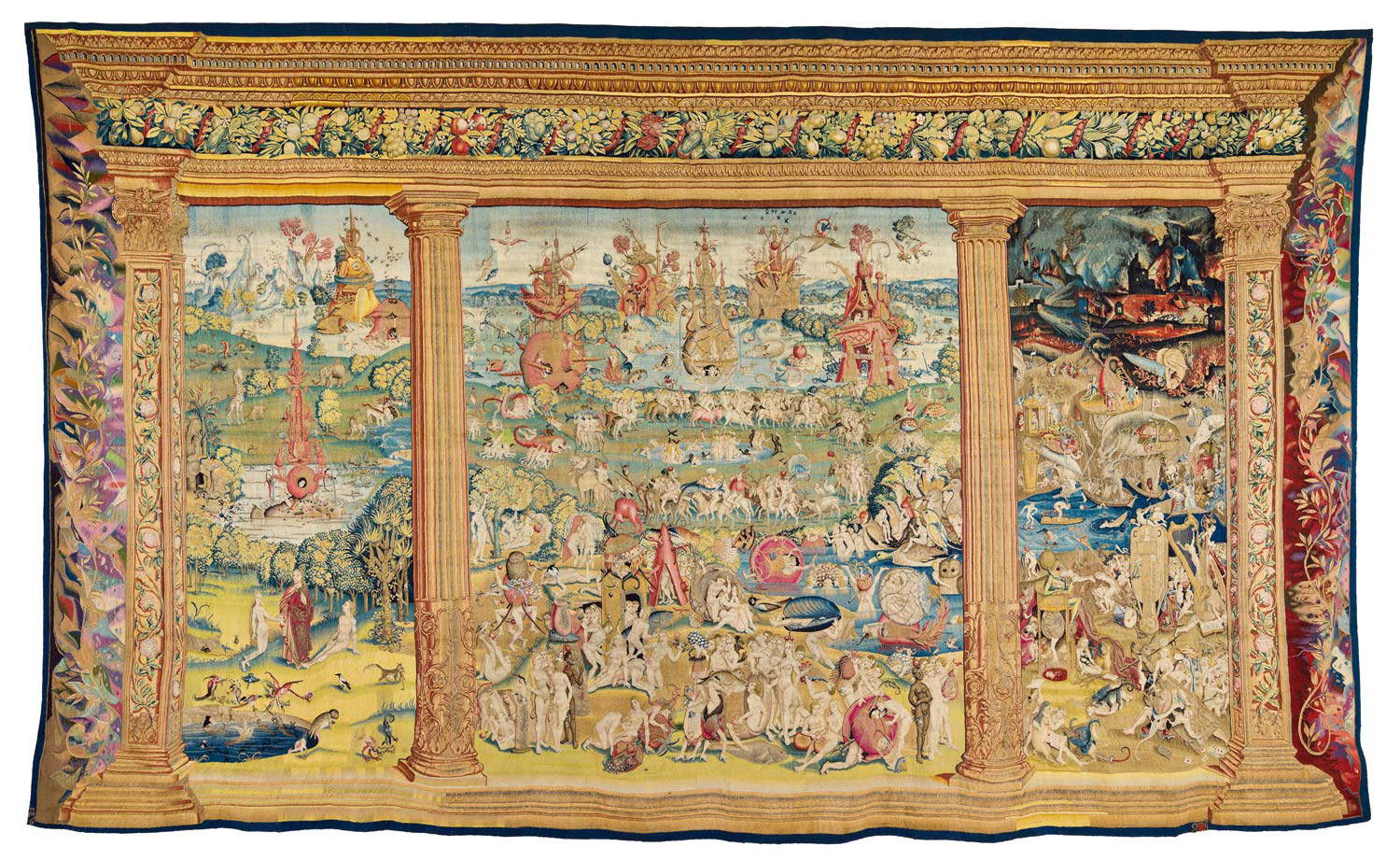
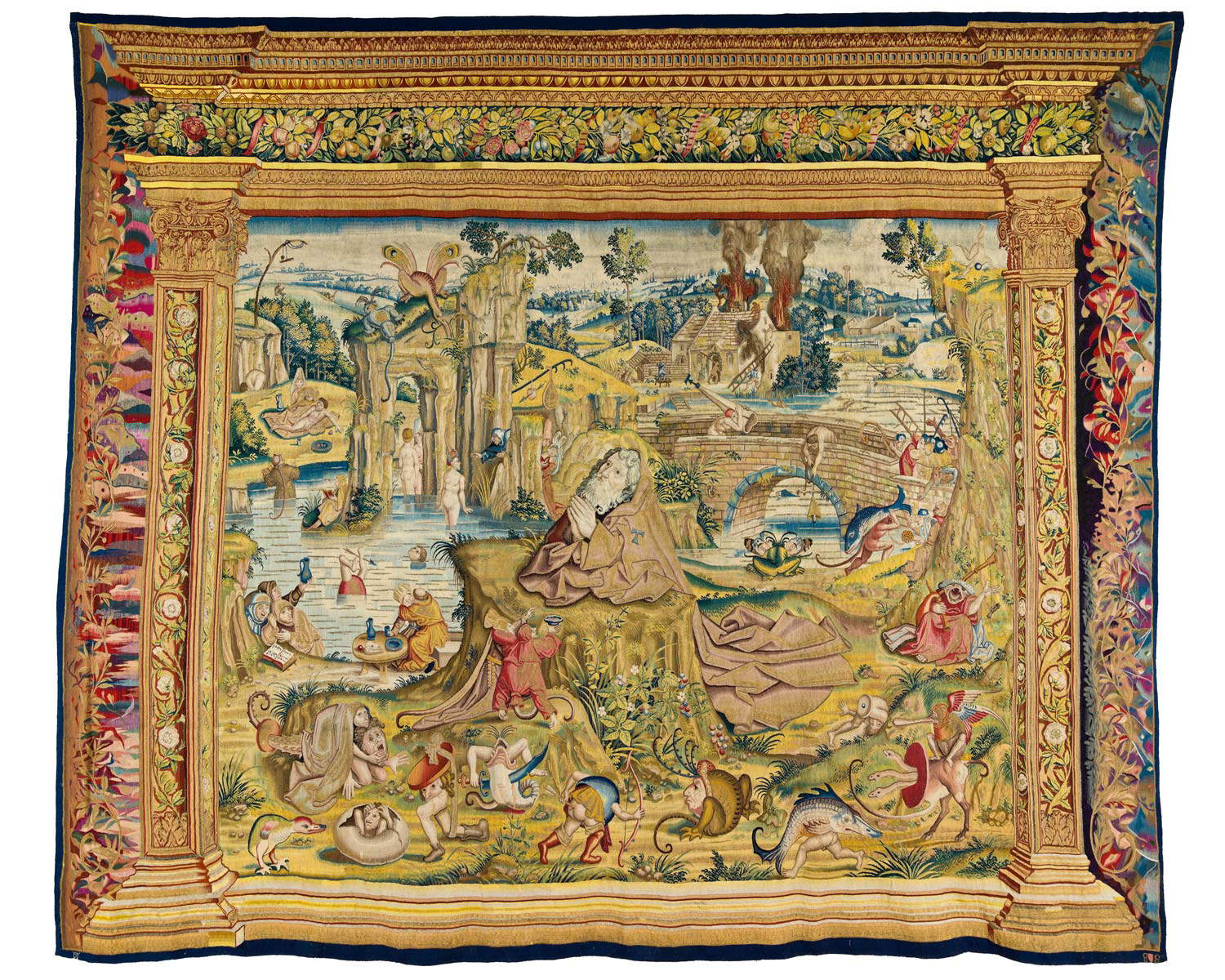
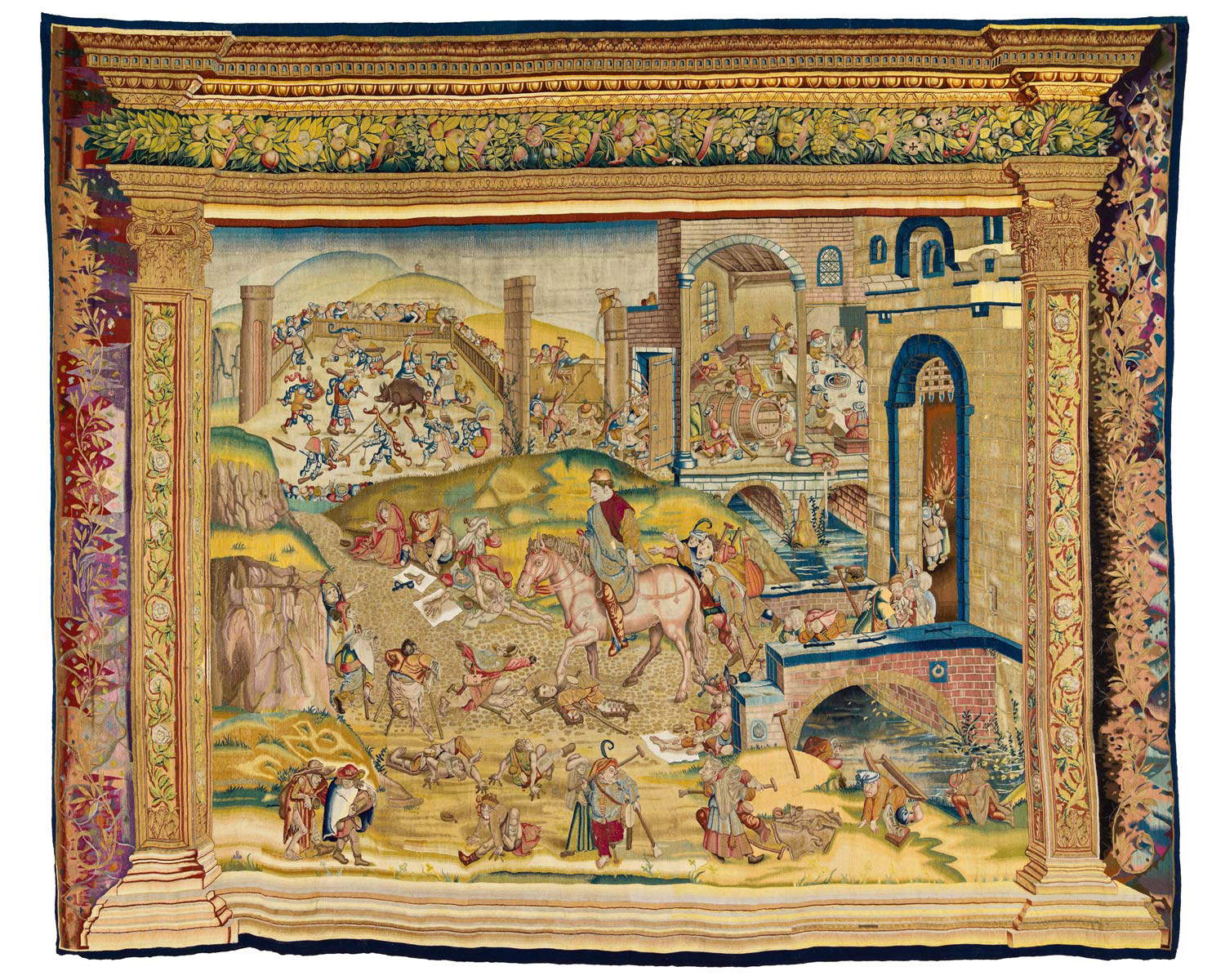
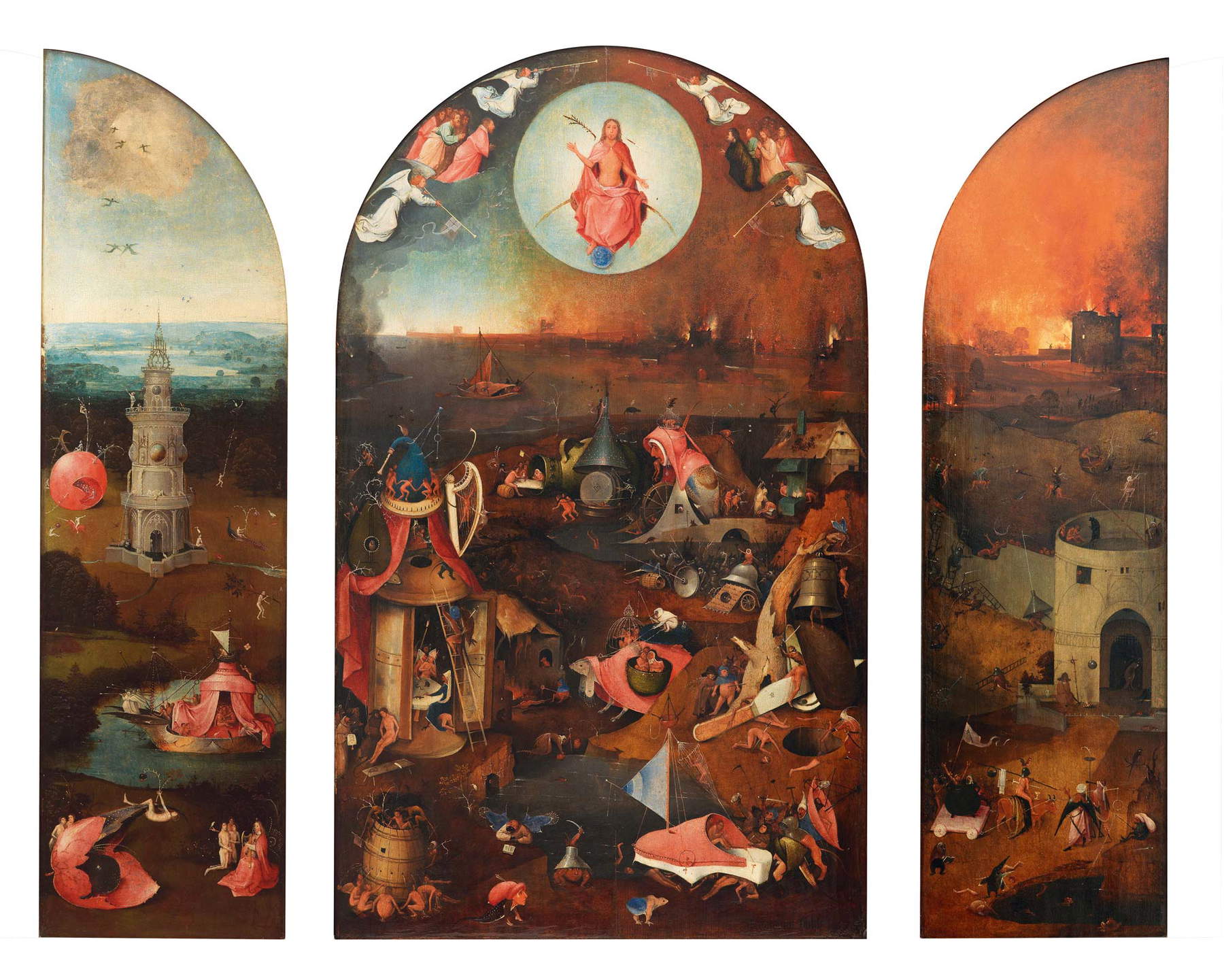

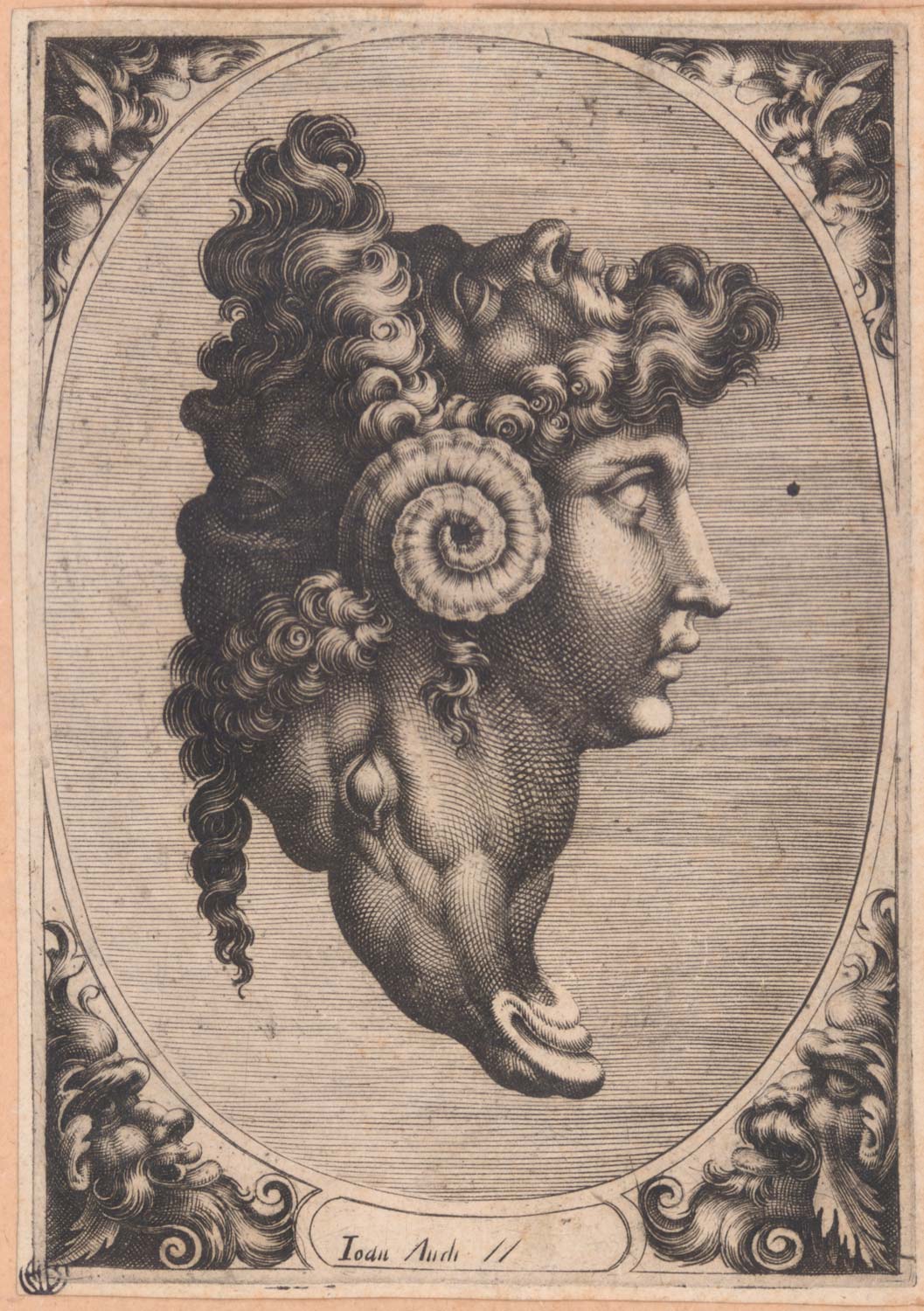
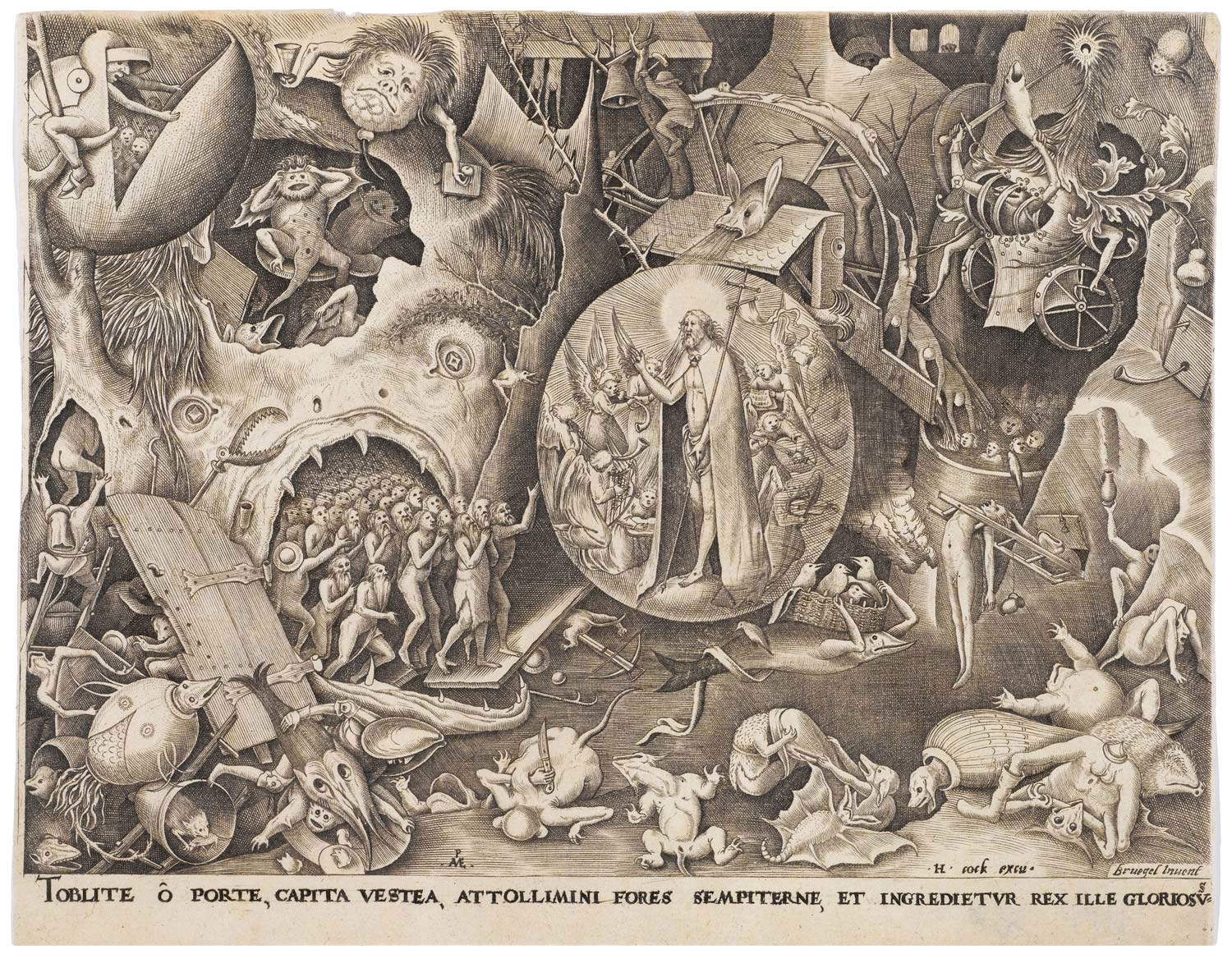
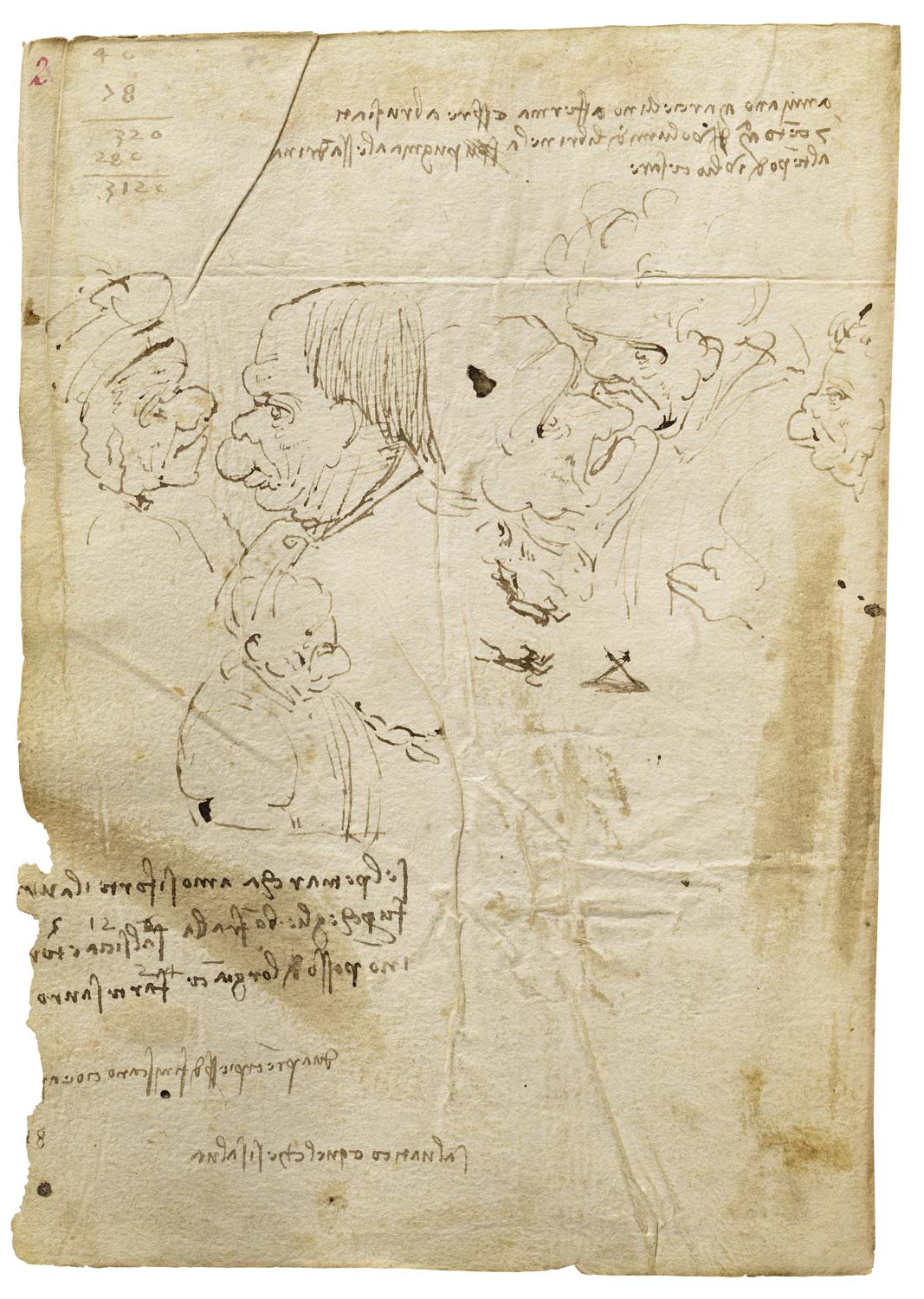



 |
| Milan, at Palazzo Reale the great exhibition on Jheronimus Bosch |
Warning: the translation into English of the original Italian article was created using automatic tools. We undertake to review all articles, but we do not guarantee the total absence of inaccuracies in the translation due to the program. You can find the original by clicking on the ITA button. If you find any mistake,please contact us.